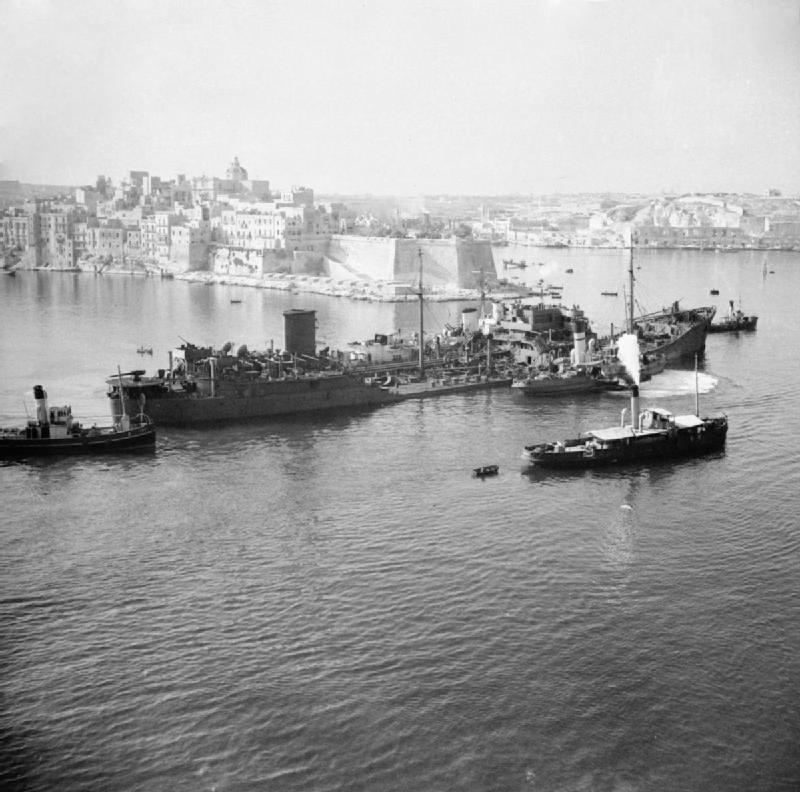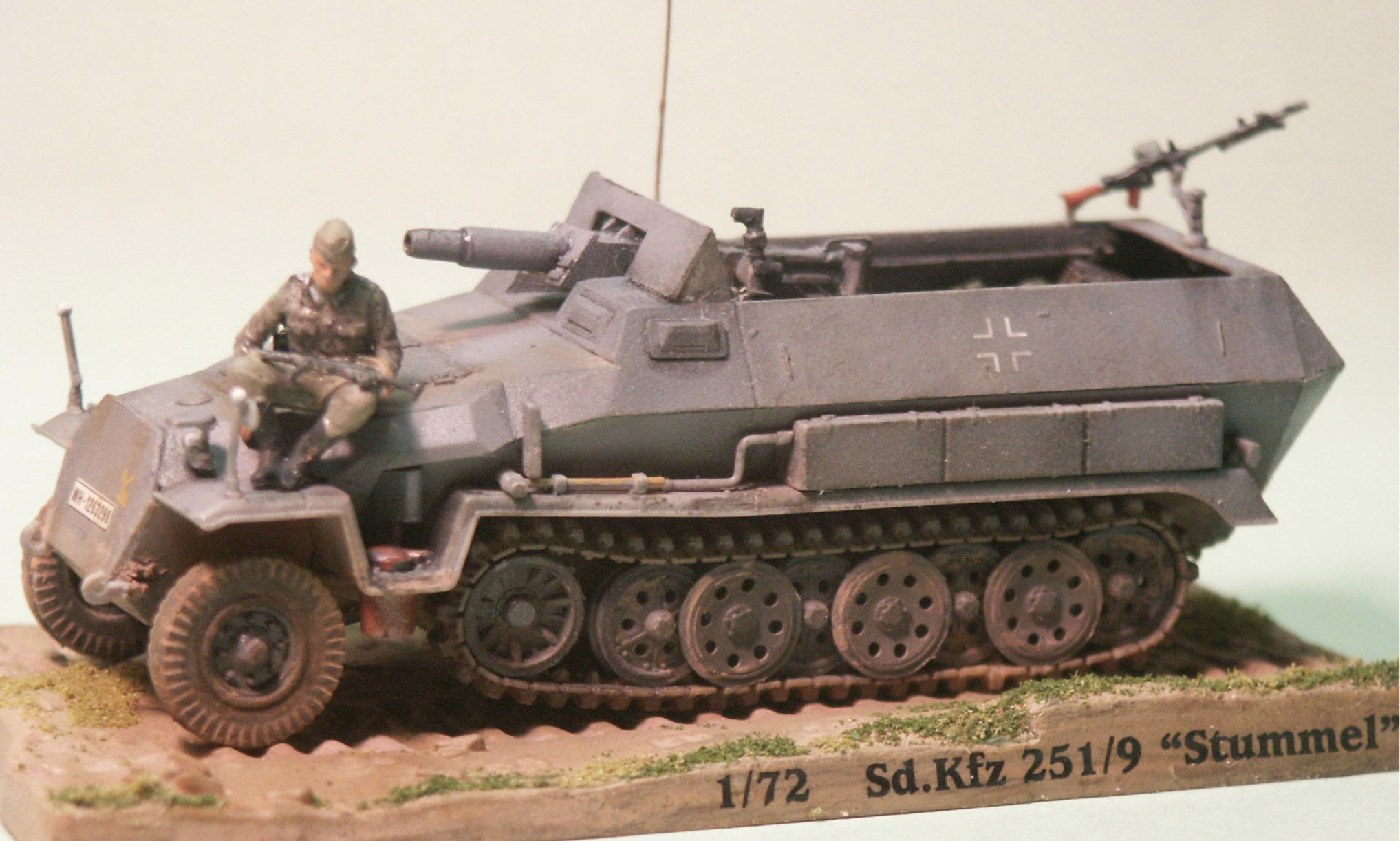Hello and welcome back for the first dev diary of 2019! Today we will update you on the state of fuel as well as show you a little something many people have wanted for a long time.
Changes and Updates to the Fuel Implementation
When the game launched, oil was used as other resources for the purpose of production. This was an abstraction done for fuel consuming equipment. We have removed this abstraction but are still using a simplified version of what happens in the real world. Oil refining was and is not as simple as simply processing it into a multipurpose “fuel,” but we felt that this simplification was necessary for gameplay and consistency of depth of detail.
We have added fuel as a resource to the top bar. With this UI element we convey a few bits of information. The numbers show the amount of time you have before being full or dry. Here the number is green and indicates that the stockpile will be full in 361 days. The numbers will become red if fuel is being lost. The green bar indicates the state of the stockpile, showing how full it is. The arrows indicate that fuel is currently being gained.

Oil is still traded as it was previously but is no longer used in any production. Instead, excess oil is converted to fuel at an hourly rate. The trade UI has had some slight updates to take this into account. What was formerly the “production” category is now “need.” Oil now has special subcategories of this section. Active need and potential need are now represented with “A” and “P,” explained more thoroughly in tooltips. This helps give the player an understanding of how much oil needs to be traded if they wish to try and cover their current fuel needs with a constant supply from oil refining.

Refineries have also been changed from giving Oil resources to giving hourly fuel. This both makes more sense from a historical perspective and makes it easier to control how much resource is produced by refineries. Previously, tech increases could only allow for a minimum increase of a single unit of oil. This gives developers and modders much better granular control over the output of a synthetic refinery.
For countries that will not have enough fuel production during wartime to meet their needs, developing a healthy stockpile is an option. Most nations will not start with a large stockpile capacity. Stockpile potential will be reduced by economy laws for many nations. Also, increasing stockpile capacity requires some investment, and will take space away from industry through the production of silo facilities. Japan is a good example of a nation that may run into a situation during the war when their usage far outstrips their potential fuel gain, so they will need to have a decent reserve of fuel if they want to fight the US in the Pacific.

To help understand what is going on with your fuel stockpile and to manage distribution when fuel has become tight, we have added fuel as a special section to the logistics tab. This includes a breakdown of usage by military branch of the military and the ability to control who gets priority for fuel distribution. A special variant of the stockpile menu used for other equipment shows a breakdown of fuel consumption by day, month, and year as well as a breakdown of the state of the stockpile over time.

The logistics support company has also been changed and will help with keeping your armor fuel usage more manageable.
.png)
Motorized Artillery Units
When Hearts of iron 4 was released, it featured a very large number of possible battalion types that you could use to design your divisions. However, there were a few unit types that were pointedly absent. For example, if you wanted to make a motorized infantry division that was a faster version of your regular infantry division with line artillery - you couldn’t, unless you were okay with slower speed.
Part of the reason for this was the feeling that a motorized artillery unit didn’t have enough of a drawback to be a meaningful choice - it would just be better than regular artillery, and the added cost of a handful of trucks was not a major issue if you were building trucks anyway.

With the addition of fuel, that has changed. Now it is a long-term decision to motorize more of your force, and it requires more planning as your army suffers increasing penalties if you can’t meet fuel demands. So we decided to add motorized artillery units in regular artillery, rocket artillery, anti-air and anti-tank flavors. They are, by and large, identical in firepower to their horse-drawn versions but require 50 trucks each, have a roughly 50% bigger supply footprint and, of course, require fuel to run properly.

No special tech is required to unlock motorized artillery; having motorized equipment and the respective artillery type researched also unlocks the motorized unit.
That’s all for today, tune in next week when we talk about changes to research and show off the new naval tech tree!
Changes and Updates to the Fuel Implementation
When the game launched, oil was used as other resources for the purpose of production. This was an abstraction done for fuel consuming equipment. We have removed this abstraction but are still using a simplified version of what happens in the real world. Oil refining was and is not as simple as simply processing it into a multipurpose “fuel,” but we felt that this simplification was necessary for gameplay and consistency of depth of detail.
We have added fuel as a resource to the top bar. With this UI element we convey a few bits of information. The numbers show the amount of time you have before being full or dry. Here the number is green and indicates that the stockpile will be full in 361 days. The numbers will become red if fuel is being lost. The green bar indicates the state of the stockpile, showing how full it is. The arrows indicate that fuel is currently being gained.
Oil is still traded as it was previously but is no longer used in any production. Instead, excess oil is converted to fuel at an hourly rate. The trade UI has had some slight updates to take this into account. What was formerly the “production” category is now “need.” Oil now has special subcategories of this section. Active need and potential need are now represented with “A” and “P,” explained more thoroughly in tooltips. This helps give the player an understanding of how much oil needs to be traded if they wish to try and cover their current fuel needs with a constant supply from oil refining.

Refineries have also been changed from giving Oil resources to giving hourly fuel. This both makes more sense from a historical perspective and makes it easier to control how much resource is produced by refineries. Previously, tech increases could only allow for a minimum increase of a single unit of oil. This gives developers and modders much better granular control over the output of a synthetic refinery.
For countries that will not have enough fuel production during wartime to meet their needs, developing a healthy stockpile is an option. Most nations will not start with a large stockpile capacity. Stockpile potential will be reduced by economy laws for many nations. Also, increasing stockpile capacity requires some investment, and will take space away from industry through the production of silo facilities. Japan is a good example of a nation that may run into a situation during the war when their usage far outstrips their potential fuel gain, so they will need to have a decent reserve of fuel if they want to fight the US in the Pacific.

To help understand what is going on with your fuel stockpile and to manage distribution when fuel has become tight, we have added fuel as a special section to the logistics tab. This includes a breakdown of usage by military branch of the military and the ability to control who gets priority for fuel distribution. A special variant of the stockpile menu used for other equipment shows a breakdown of fuel consumption by day, month, and year as well as a breakdown of the state of the stockpile over time.

The logistics support company has also been changed and will help with keeping your armor fuel usage more manageable.
.png)
Motorized Artillery Units
When Hearts of iron 4 was released, it featured a very large number of possible battalion types that you could use to design your divisions. However, there were a few unit types that were pointedly absent. For example, if you wanted to make a motorized infantry division that was a faster version of your regular infantry division with line artillery - you couldn’t, unless you were okay with slower speed.
Part of the reason for this was the feeling that a motorized artillery unit didn’t have enough of a drawback to be a meaningful choice - it would just be better than regular artillery, and the added cost of a handful of trucks was not a major issue if you were building trucks anyway.

With the addition of fuel, that has changed. Now it is a long-term decision to motorize more of your force, and it requires more planning as your army suffers increasing penalties if you can’t meet fuel demands. So we decided to add motorized artillery units in regular artillery, rocket artillery, anti-air and anti-tank flavors. They are, by and large, identical in firepower to their horse-drawn versions but require 50 trucks each, have a roughly 50% bigger supply footprint and, of course, require fuel to run properly.

No special tech is required to unlock motorized artillery; having motorized equipment and the respective artillery type researched also unlocks the motorized unit.
That’s all for today, tune in next week when we talk about changes to research and show off the new naval tech tree!




